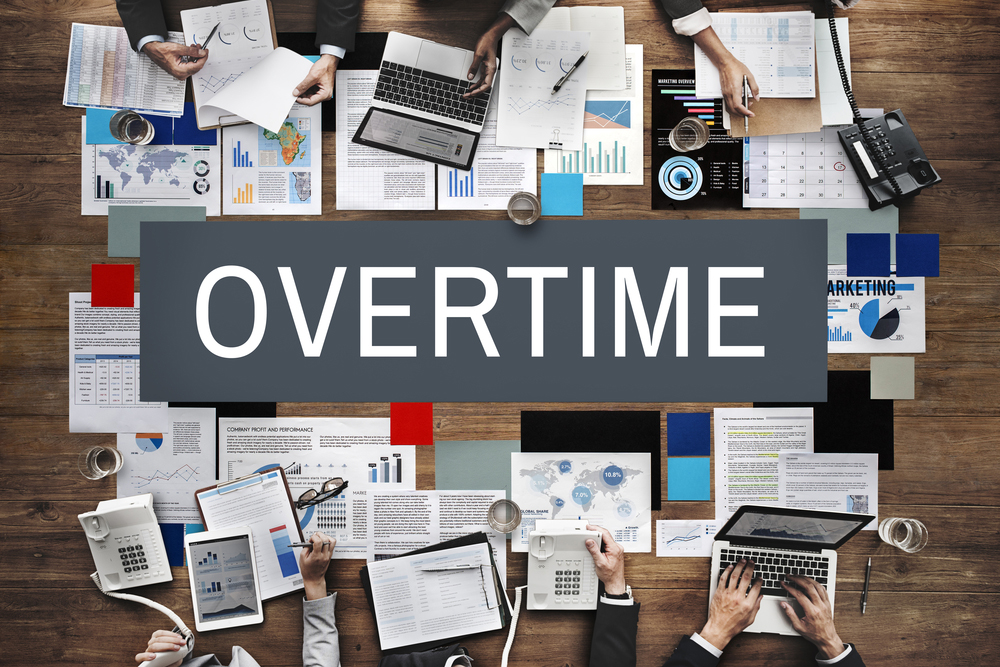The U.S. Department of Labor’s (DOL) new final rule covering how benefits affect employees’ regular rate of pay provides clarity for employers that offer the innovative benefits packages that have become popular in recent years.
The new final rule, announced December 12, clarifies which perks must be included and which ones can be excluded when determining an employee’s regular rate of pay used to calculate overtime pay.
The Fair Labor Standards Act (FLSA) requires that nonexempt employees—employees who are eligible for overtime pay—be paid 1½ times their “regular rate of pay” for all hours worked over 40 in a workweek. As employers have expanded the kinds of benefits they offer in recent years—perks such as gym memberships, tuition assistance, and discretionary bonuses—it has become unclear which benefits need to be included and which ones can safely be excluded in determining an employee’s regular rate.
Benefits that can be excluded
The new rule clarifies that employers may offer the following perks and benefits without including them in the calculation of employees’ regular rate of pay:
- The cost of providing certain parking benefits, wellness programs, onsite specialist treatment, gym access and fitness classes, employee discounts on retail goods and services, certain tuition benefits (whether paid to an employee, an education provider, or a student loan program), and adoption assistance;
- Payments for unused paid leave, including paid sick leave or paid time off;
- Payments of certain penalties required under state and local scheduling laws;
- Reimbursed expenses, including cell phone plans, credentialing exam fees, organization membership dues, and travel, even if not incurred “solely” for the employer’s benefit, and the rule clarifies that reimbursements that don’t exceed the maximum travel reimbursement under the Federal Travel Regulation System or the optional IRS substantiation amounts for travel expenses are per se “reasonable payments”;
- Certain sign-on bonuses and longevity bonuses;
- The cost of office coffee and snacks to employees as gifts;
- Discretionary bonuses, by clarifying that the label given a bonus does not determine whether it is discretionary; and
- Contributions to benefit plans for accident, unemployment, legal services, or other events that could cause future financial hardship or expense.
Rule Called a Win
Although certain perks have become common, employers have been confused about how they affect overtime liability, according to attorneys who work with employers.
“The final rule provides employers with some much-needed clarity and guidance on what types of perks and other compensation must be considered when calculating overtime pay,” says Sean Lee, an attorney with Fortney & Scott, LLC, in Washington, D.C. He calls it a win for both employers and employees.
“This updated guidance will promote compliance with the FLSA, help avoid burdensome litigation, and encourage employers to offer an expanded array of perks to attract and retain talented employees, without worrying about running afoul of complex overtime obligations,” Lee says.
21st Century Workplace
Lisa Koblin, an attorney with Saul Ewing Arnstein & Lehr LLP in Philadelphia, Pennsylvania, also says the new rule provides needed clarity. She points out the DOL hasn’t provided guidance on the subject in 50 years, but the kind of benefits offered have changed a lot, especially in the last 10 years.
Koblin says competition for workers in the 21st century workplace has spurred new kinds of benefits that employees have come to expect. The concern has centered on whether the popular and innovative benefits might backfire or result in wage and hour violations because the employers didn’t include the cost of the perk in overtime calculations. Especially for large employers, even if there was no intent to violate the law, a mistake can result in significant fines, penalties, and litigation costs.
Koblin says the exclusions allowed under the rule seem to reflect the kind of perks that are popular and should allow most employers to feel sufficiently covered. But she reminds employers that they should review the final rule carefully and consult with counsel to make sure they’re following the guidelines.
Effect on State Law
Paul Sweeney, an attorney with Coughlin & Gerhart, LLP, in Binghamton, New York, also sees benefits to the rule. “Since state wage and hour laws often follow federal law, this clarification will help fend off state law wage and hour claims and thus avoid exposure to back pay claims, liquidated damages, attorneys’ fees, and civil fines,” he says.
The rule also will help employers compete for talent in a tight labor market, Sweeney says. But a downturn in the economy may change the benefits picture, so “it is important that employer policies and handbooks provide the employer with the flexibility needed to add, remove, and otherwise manage such benefits.”
“This is especially true in an organized workforce where there is a concern that a past practice may be created over time and that discontinuance of a perk should first be negotiated,” Sweeney says. He also cautions employers that tie a perk to “hours worked, production, or efficiency” because that may destroy the exclusion granted under the final rule and subject the employer to additional wage and hour liability.
The final rule will take effect 30 days after its publication in the Federal Register. It is scheduled to be published on December 16, 2019. The DOL also has made a fact sheet on the rule available.

